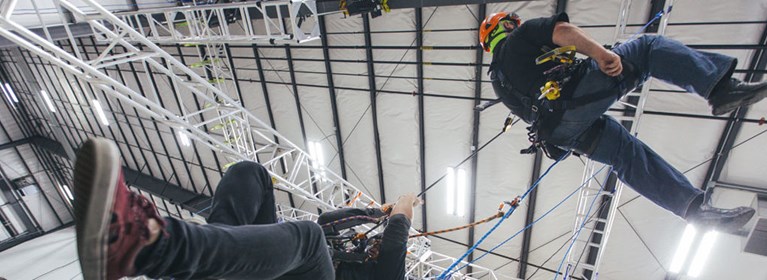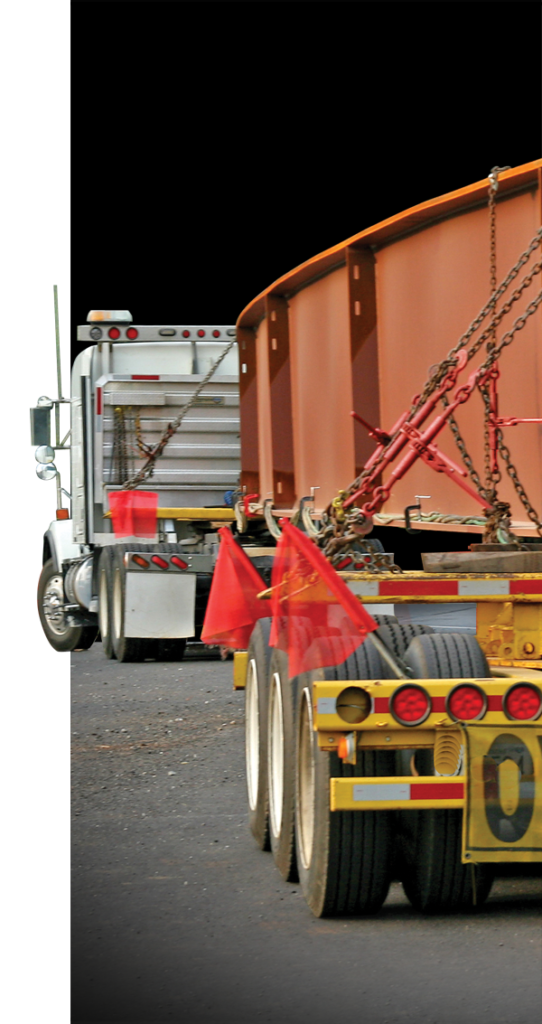
Load Securement: Don’t Take it for Granted
Transportation and Rail | Rigging | By Henry Brozyna | Aug 10, 2016

In many cases, the importance of tying down a load on or in a truck is underestimated. It’s interesting to talk to trucking people and find out that they are very in tune with what is expected of them with regards to the vehicle they drive and the maintenance of that vehicle. But when it comes to tie downs and load securement, they usually fall short.
Securing loads in and on trucks is very important – not just to the driver, but to their customer and most importantly the general public.
Good tie downs go a long way to ensure cargo being hauled on a truck stays on the truck
A pre-use inspection of the tie downs must be done to ensure the working load limit (WLL) of that tie down is intact. All tie downs have markings to indicate what grade they are or they will be marked with a working load limit. The higher the grade, the stronger the product – as you typically see with chain. Grade 30 is the lowest grade and is not as strong as say, grade 70 or grade 80.
During a roadside inspection by law enforcement, they will look for these markings. If they cannot find any, they will automatically rate the tie down as grade 30, the lowest option. This derating may cause him/her to take you and your vehicle out of service due to lack of adequate tie downs. Therefore, it may be helpful to conduct a pre-use inspection, per the manufacturer’s specifications, to ensure the proper type and number of chain tie downs is used.
Straps need attention too
The condition of synthetic straps is one of the most overlooked load securement items. When straps are purchased, the manufacturer assigns a working load limit. That WLL is for straps that are intact and undamaged. This is where a pre-use inspection is needed. Straps that have damage in excess of the manufacturer’s specifications must be removed from service.
Take time to check your load securement equipment
All too often we are in a hurry to get from one place to another. This is usually when we take chances and cut corners. This is also the time that an accident is most likely to happen. It is important to take extra time to make sure the equipment you want to use is in good condition and meets the requirements for use as a load securement device.
Want to learn more? View our Safety Webinar on “Selecting & Using Tie Downs & Binders.”
Henry Brozyna
Henry Brozyna is an Industry Product Trainer at Columbus McKinnon specializing in Crane and Hoist Inspection and Repair, Rigging & Load Securement He has been training on crane and rigging safety for more than 20 years. Henry is a member of the Tie Down committee and former Board of Directors for the WSTDA; this group writes the standards that are used by the material handling industry, the transportation industry, and also law enforcement. Henry is also a current member of the Crane Institute’s board of directors.




 North America - EN
North America - EN


